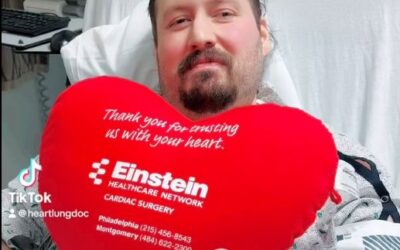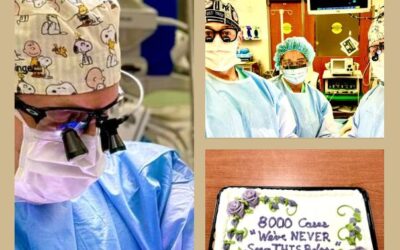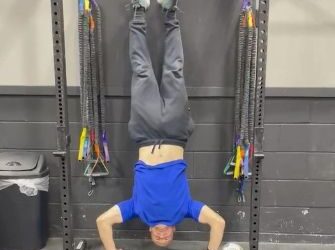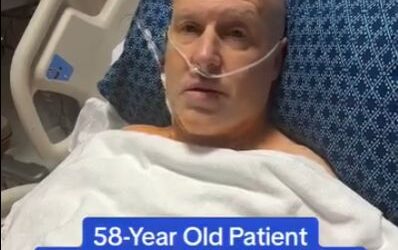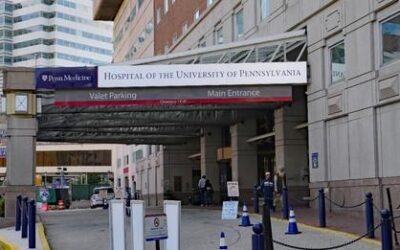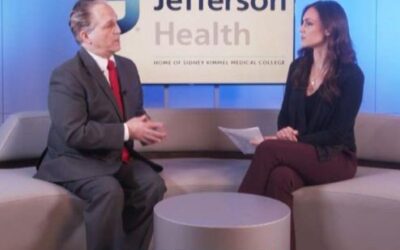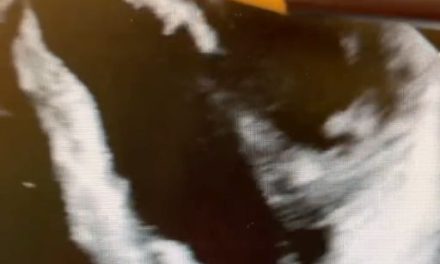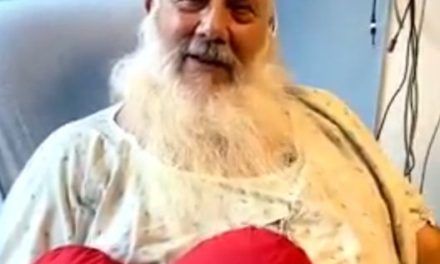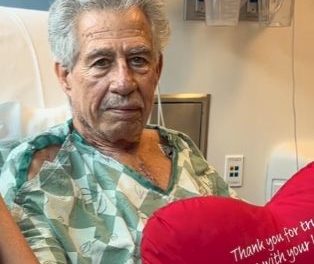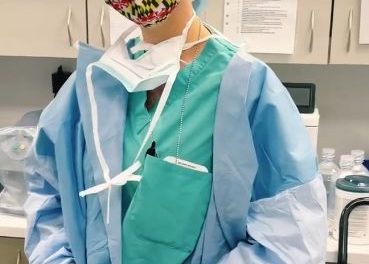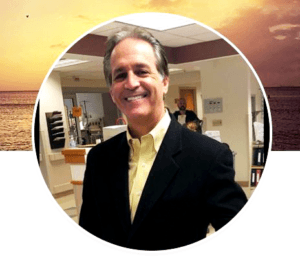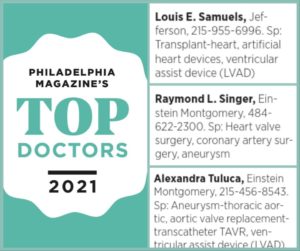Barlow’s Syndrome is a relatively common condition that may result in the leaftlets of the mitral valve bulging into the left atrium of the heart, just as the valve closes during ventricular contraction. This abnormality is due to degeneration of the tissue, causing the mitral valve leaflets to become stretched and enlarged. The redundant tissue prevents the valve from closing properly, often resulting in prolapse of the mitral leaflets and mitral valve regurgitation.
Barlow’s syndrome occurs in 1% to 6% of otherwise normal populations. However, people with Graves’ disease, Marfan’s syndrome, Duchenne muscular dystrophy, myotonic dystrophy, sickle cell disease, and rheumatic heart disease have a higher incidence of this condition.
Symptoms can include fatigue, migraines, dizziness, panic attacks, low blood pressure, shortness of breath, palpitations, and chest pains that are not associated with angina.
The diagnosis and degree of mitral regurgitation is determined by echocardiogram. More specific morphology of the mitral valve can be analyzed by transesophageal echocardiogram (TEE), especially when planning for mitral valve repair surgery.
Mitral valve repair surgery can be done successfully in more than 95% of cases, without the need to replace the valve.
This video illustrates a case of a 60-year-old man with Barlow’s syndrome, who underwent a successful mitral valve repair operation, utilizing pledged 5–0 Gore-Tex neo-chord sutures through the prolapsed posterior mitral valve leaflet, along with placement of a 36mm Edwards Physio-I mitral angioplasty ring. A 50mm AtriCure AtriClip was placed at the base of the left atrial appendage to occlude it and thus reduce the risk of potential stroke from post-operative or future bouts atrial fibrillation.
Recent Posts
Why Are We No Longer “Young at Heart”
With permission from the patient to post, this 38-year old man’s story is emblematic of a growing number of young adults suffering heart attacks from premature coronary artery disease. Why are we no longer “young at heart” in America? The Framingham Heart Study...
8k Cases Milestone
#8,000 is on the books! It’s an honor to have achieved this milestone across two esteemed healthcare institutions—Lehigh Valley Health Network and now at Jefferson Health. One thing I know for sure is that success in heart surgery can only come from the team that...
Handstand 10 Weeks After Surgery!
One of the most common questions of patients is to know what activities they can do after heart surgery. I tell them no driving for 4 weeks, no lifting more than 10 pounds for 10 weeks, but often I quip that once they are healed, “they can do handstands.” Apparently,...
Mitral Valve Repair Patient Talks About His Surgery
With permission from the patient to post, this 58-year old man was passionate about going to the gym daily, but he began to notice that he had decreasing exercise tolerance, along with worsening shortness of breath and a new persistent cough. He was found to have...
Jefferson Health: Ranking in 2024
Jefferson Health is ranked 46th out of 2,400 hospital systems in the world, 2nd in Pennsylvania, close by Penn. Looking back at my career, so fortunate to have graduated from Penn Med, trained at Department of Surgery at Thomas Jefferson University Hospital, and now...
Jefferson Heart Health: “The Heart of the Matter”
Below you can listen to my interview on CBS News Philadelphia with Ashley Harder on topics for Heart Month 2024. Recent PostsFeaturedPages Learn about heart valves. Heart Valves Read testimonials. Testimonials Did you know I have a...
Featured
Pages
- Learn about heart valves. Heart Valves
- Read testimonials. Testimonials
- Did you know I have a consulting firm? Singer Heart/Lung Consulting
- Check out my TedTalk! Defining Success
Links
- Links page with more information about your heart. Links
- Dr. Adam Pick's Site: heart-valve-surgery.com

